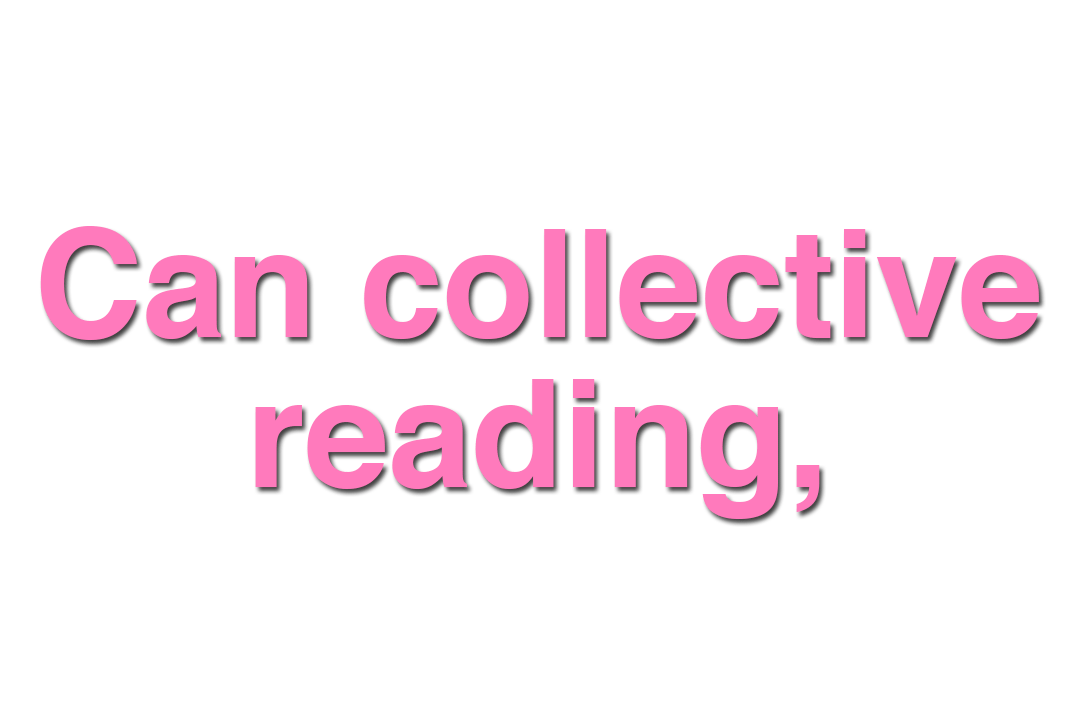Resources
Some things you might consider as you plan your summoning circle:
make sure to invite and mail out packages to your circle with plenty of lead time (I suggest at least 10-14 days).
You can plan your circle to unfold however you like, here’s a few things you might incorporate:
start with introductions; make sure everyone is clear on what to expect for the circle;
plan to take a break(s) (especially if you go beyond 1 hour).
Begin with a land acknowledgement, here are some resources:
native-land.ca, especially their resources (see territorial acknowledgement)
Beyond territorial acknowledgments by Chelsea Vowel
A Digital Land Acknowledgement by Deirdre Lee
During your summoning circle:
As you burn your candle and drink your tea, pay attention to the smells that surround you.
How might you remember these smells later in the spring when you plant your chamomile seeds?
Try to hold onto them as memories of conversations during your summoning circle.
Our collective summoning begins here, in the winter of 2022, carries over to spring when you plant your chamomile seeds, and on into the future as those chamomile grow, bloom, and reseed themselves.
Your host will lead you through a number of prompts and readings from EXERCISES IN TRUST, which I hope will serve as conversation starters for your circle.
Things to do during your circle:
along with your summoning circle, perform a series of prompts from EXERCISES IN TRUST together. Familiarize yourself with them before your circle comes together. Think of them as conversation starters:
Slowing down time: Number 7 & Number 8
A Tear in the Loop: Number 3 & Number 6
Under the radar: Number 2 & Number 6
during your circle, invite others to write a quote or thought after performing the exercises, on the IMAGINE BETTER FUTURES postcard to later mail to whomever they choose.
it’s up to you to shape your summoning circle
on behalf of, and along with, your group
however makes the most sense to you.
Consider
What does remediation look like in the face of mounting liabilities from fossil fuel industries or when sites of extraction have been
“remediated” but continue to pollute, contaminate and destroy?
How can perspectives shift around remediation from something that occurs after the damage is done to one that prevents harm in the first place?
In the work of remediation, how is the labour of maintenance, care, and repair
valued and enacted?
from: Remediation Room, a project curated by Alana Bartol
“The conditions we breathe in are collective and unequally distributed, with particular qualities and intensities that are felt differently
through and across time.”
– [Kristen Simmons, Settler Atmospherics]
source: Canada’s Changing Climate Report.
"We are realizing that we must become the systems we need - no government, political party, or corporation is going to care for us, so we have to remember how to care for each other."
- adrienne maree brown, Emergent Strategy:
Shaping Change, Changing Worlds
Notes:
Chamomile, the great relaxer, will help us prepare for the summoning circle.
Your pack of chamomile seeds were saved across the summer of 2021 here in amiskwaciywâskahikan/Edmonton. These seeds are a mix of Roman and German chamomile, both introduced to North America.
You can grow chamomile in pots or in ground within plant hardiness zones 3 to 9. Flowers will grow best in cool conditions, dry soil, and in partial shade.
Once your chamomile is established, it will need very little care: it is drought tolerant and only needs to be watered in times of prolonged drought. Chamomile is often recommended as a companion plant alongside vegetables because its strong scent can help keep pests away.
Beeswax candles emit negative ions that are known to clean the air of pollution and other toxins.
Your beeswax candle will emit a bright, warm-toned flame similar to the light spectrum of sunlight; it will last longer than most other candles.




